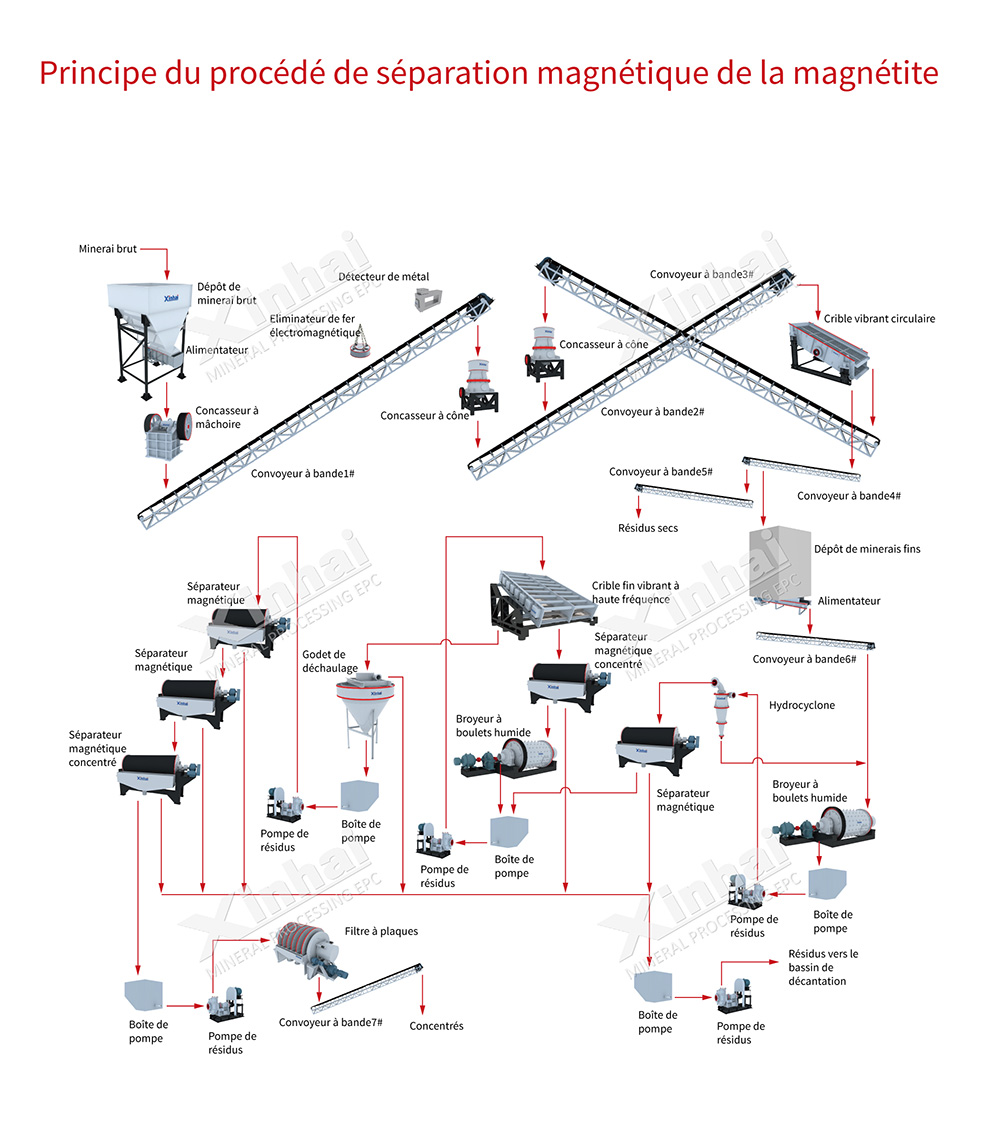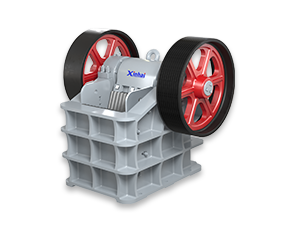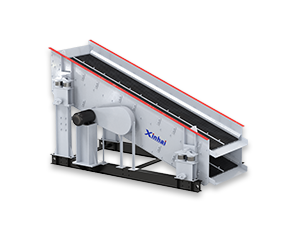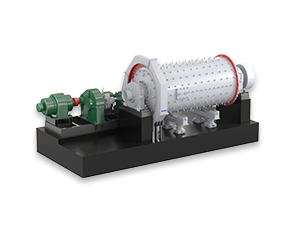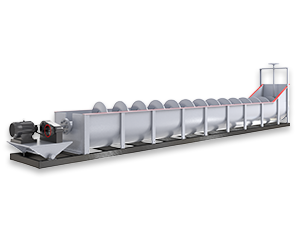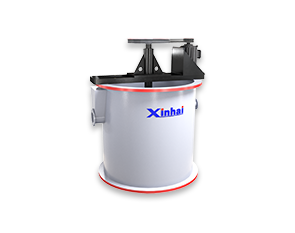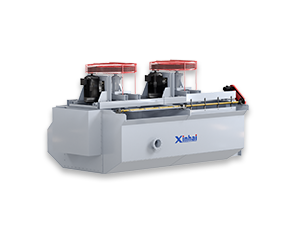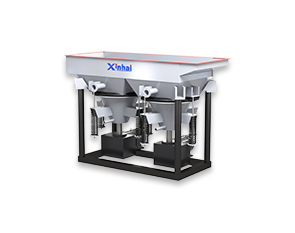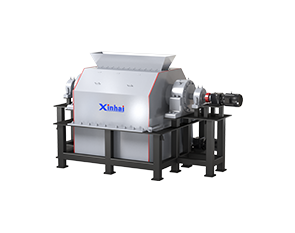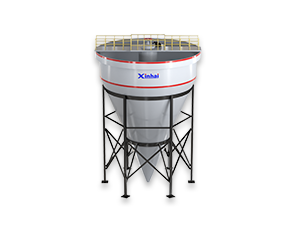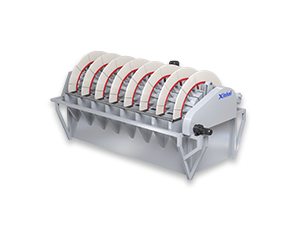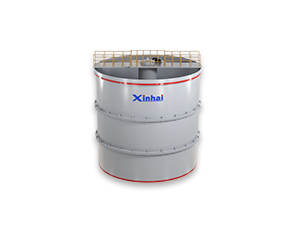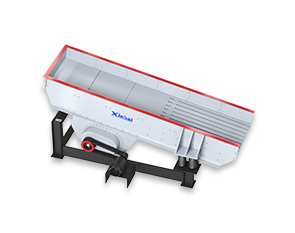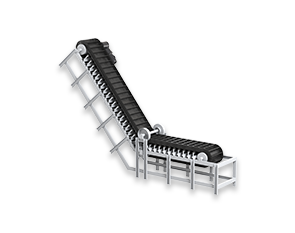[Description]
Processus de séparation du minerai de fer magnétique puissant
Ce processus s'applique à traiter la magnétite à bas grade. Pour la magnétite avec la distribution de particules grossières, à cause de la nature magnétique puissant et facile à broyer, on adopte le broyage à une phase; en cas contraire, le broyage à multi phases est adopté. Maintenant, grâce à la technologie de broyage très fin, le teneur de la concentrée est augmenté de 61% à 67%.
Processus de séparation du minerai de fer magnétique faible
Après la magnétisation et la torréfaction, le minéral magnétique faible pourrait adopter le processus de séparation du minéral magnétique fort.
Broyage fin
Au delà du circuit de deux broyages, une séparation en phase et une séparation magnétique simple, est ajouté la technique de rebroyer et de séparation au dessus du crible fin, cela sépare à temps les particule fines pour éviter le surbroyage et augmente le teneur de la concentrée de 2%.
[Cas réussit ]
Case 1
Dans une mine de magnétite en Mongolie intérieure, le minerai pricipal est la magnétite à grains fins avec la structure disséminée. Le teneur du fer est de 12-16%. Cette usine a adopté le processus de broyage-magnétique faible et obtenu le teneur de 65% du concentré et du taux de récupération de 90%, mais le coût de fonctionnement est trop élevé après une longue durée. Cette usine a confié à Xinhai de réformer le processus. Xinhai n'a pas seulement gardé les index originaux, mais aussi réduit les coûts d'exploitation. La comparaison des indices est comme ci-dessous.
| Comparaison de la Réformation | Processus | Grade du concentré de fer /% | Taux de récupération du concentré de fer /% |
| Avant la Réformation | Broyage à trois phases, Séparation magnétique à trois phases | 65.58 | 90.15 |
| Après la Réformation | Broyage en phase, séparation en phase | 67.81 | 92.69 |
A cause du grade bas de ce minerai de fer, on envisage en premier lieu d'économiser le coût de production. C'est pour cela qu'on a choisi la technique économique de la séparation et le broyage en phase. Le processus de broyage fin a une signification de guide pour le minerai de fer similaire.
Case 2 —— Shanxi 1,200t/d Iron Mineral Processing Plant
Project Introduction:
The Shanxi 1,200t/d iron mineral processing plant was an EPC+M+O project.
Our Solution:
Two-stage closed-circuit crushing and screening-two-stage closed-circuit grinding and classification-magnetic separation process of one-stage roughing and three-stage concentration concentrates and tailings filtering and dewatering.
Crushing and screening: the final product size was -12mm. Advanced and cost-effective equipment was adopted;crushing and screening processes shared the plant for convenience; the crushing product was fine so that crushing and grinding costs were cut.
Grinding and classification: the first- and second-grinding fineness was -200 mesh (67%) and -325 mesh (88.47%) respectively. Bearing-drive energy-saving ball mill was adopted so that grinding costs were significantly reduced. Upgraded spiral classifier and fine screen were adopted in the first- and second-stage classification respectively to control the particle size strictly.
Magnetic separation: one-stage roughing and three-stage concentration. (Xinhai rubber pump was used to transport slurry.)
Concentrates and tailings transportation: iron concentrates were dehydrated in the permanent magnetic filter and then transported by belt conveyor to the iron concentrates powder dump, and tailings flowed by gravity to the ditch outside the plant.
Project Results:
The project adopted advanced, sound and energy-saving equipment and simple auxiliary facilities to cut construction costs and increase output. There was no environmental pollution, meaning that no waste water was discharged.
Case 3 —— Anhui 600t/d Iron Mineral Processing Plant
Project Introduction:
As the ore properties were complicated, Xinhai carried out a series of mineral processing tests. After the comparison among them, an ideal process was identified for the ore.
Our Solution:
Two-stage grinding-six-stage magnetic separation-iron concentrates dewatering-gravity concentration for magnetic tailings-regrinding-sulfur and titanium flotation and separation.
Grinding and separation: two-stage grinding-six-stage magnetic separation.
Iron concentrates dewatering: iron concentrates were pumped to the permanent magnetic filter and dehydrated together with already produced concentrates; filtrate returned to the system for recycling and filter cake was transported by belt conveyor at three times to the dump.
Sulfur and titanium separation: gravity concentration-regrinding-flotation.
Project Results:
While increasing the efficiency of resources exploration, Xinhai paid attention to environmental protection. Effective solutions were adopted to address the spread of dust and noise and the disposal of waste water and tailings so that green development of the mine was ensured.

 +8613641173523
+8613641173523 canye8654065@gmail.com
canye8654065@gmail.com




 Langage
Langage Web de Groupe
Web de Groupe



 Concassage
Concassage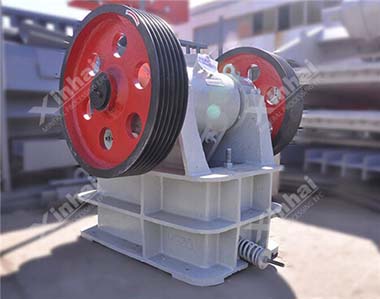
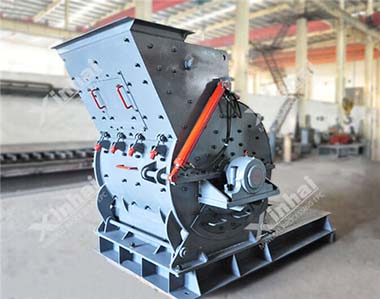
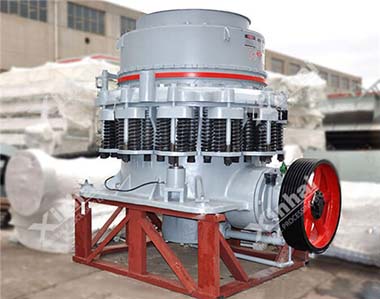
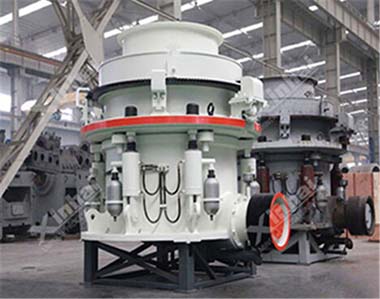
 Criblage
Criblage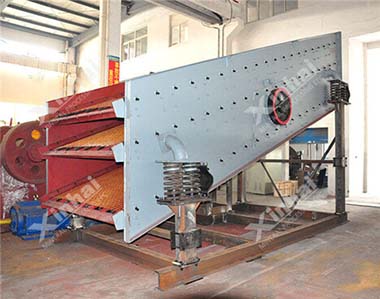
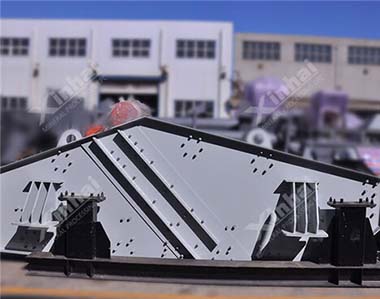
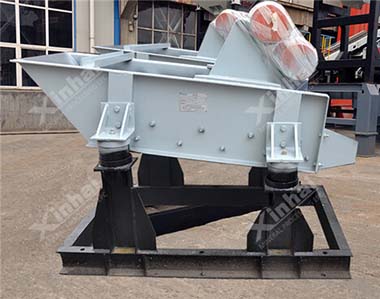
 Broyage
Broyage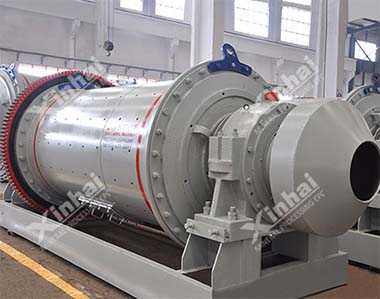
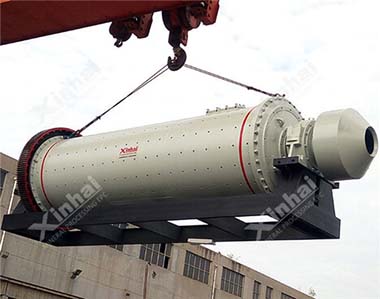
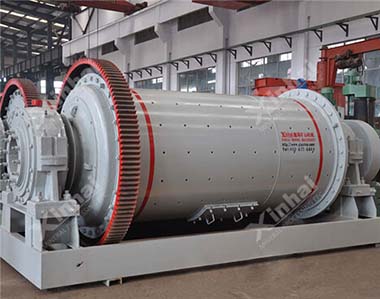
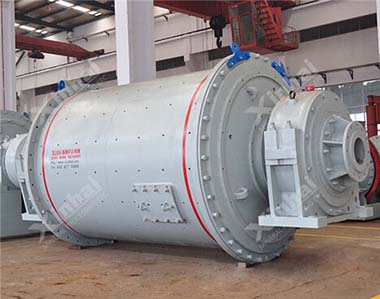
 Classification
Classification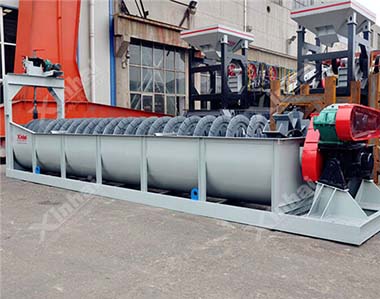
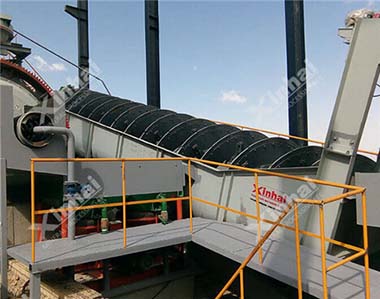
 Flottation
Flottation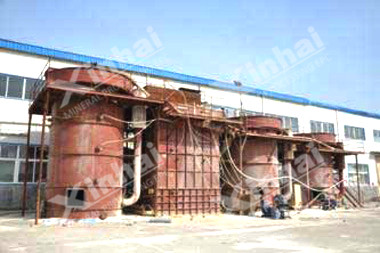
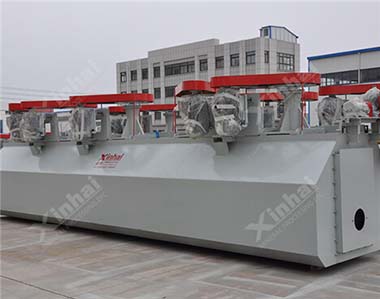
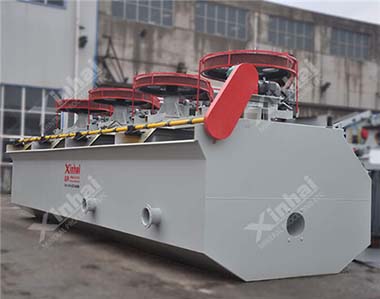
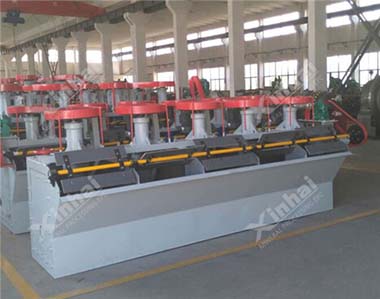
 Séparation gravimétrique
Séparation gravimétrique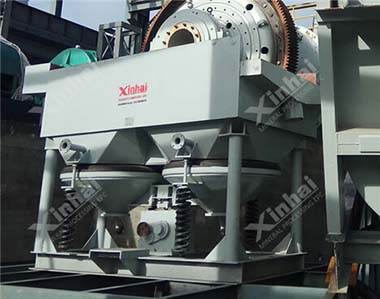
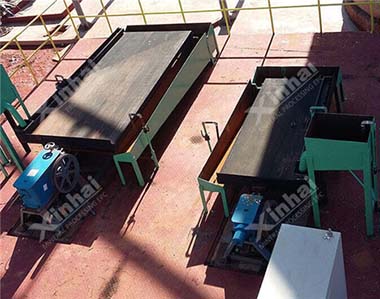
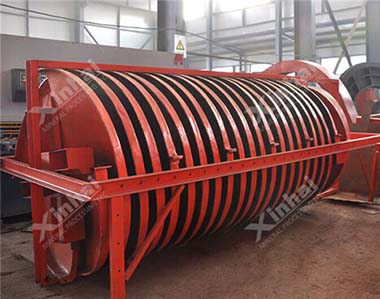
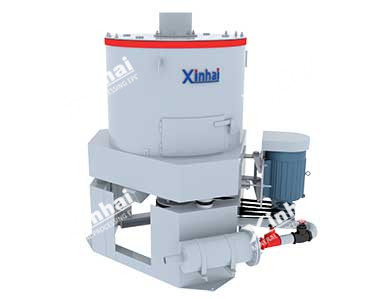
 Séparation magnétique
Séparation magnétique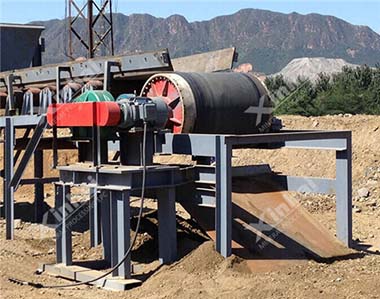
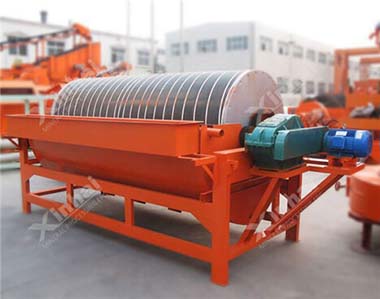
 Machine de traitement de l'or
Machine de traitement de l'or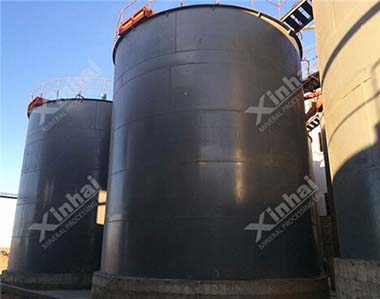
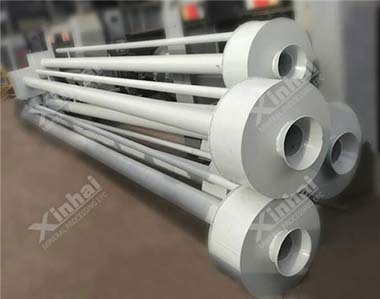
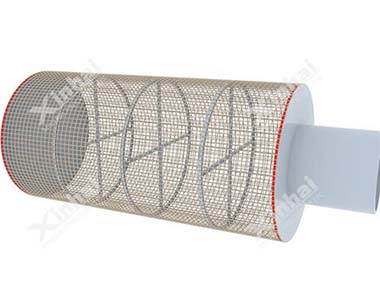
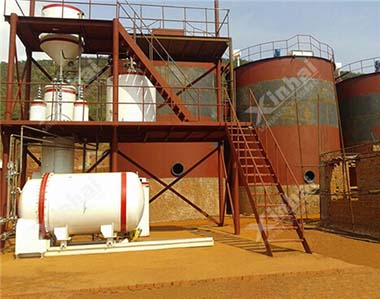
 Équipement de lavage
Équipement de lavage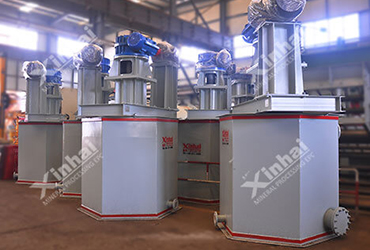
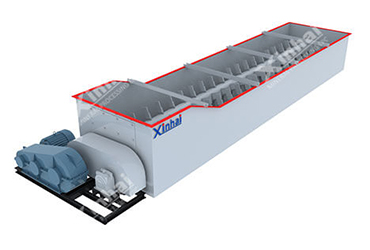
 Epaississage
Epaississage 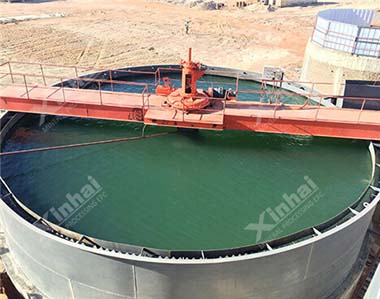
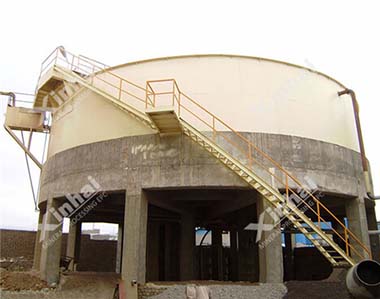
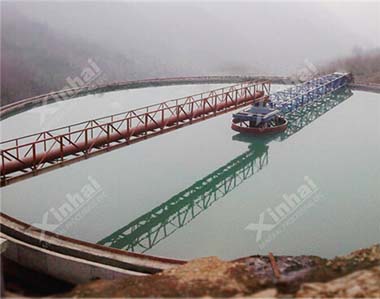
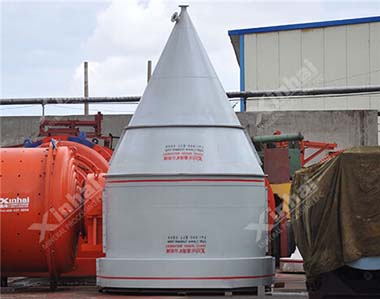
 Déshydratation
Déshydratation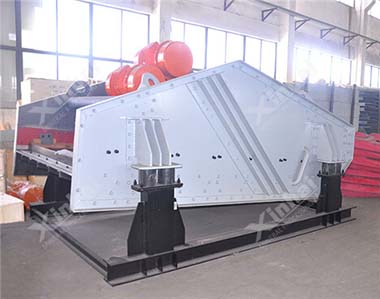
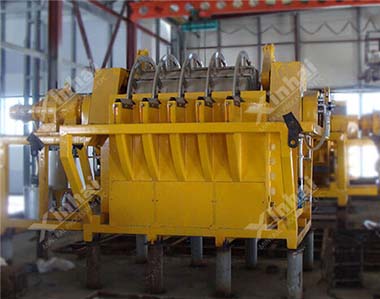
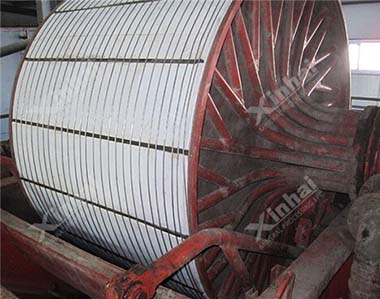
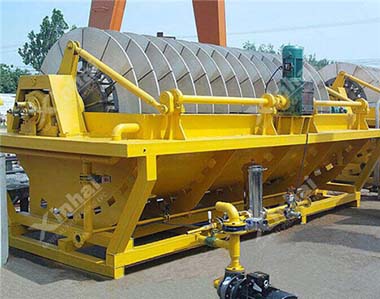
 Agitation
Agitation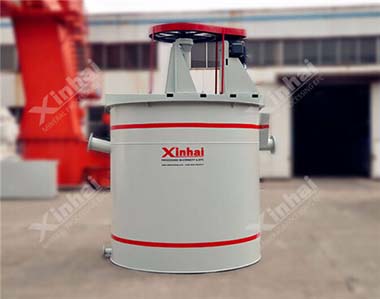
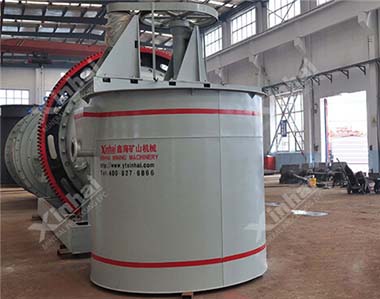
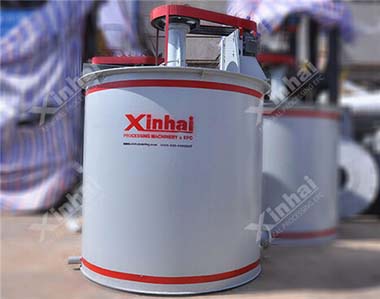
 Alimentation
Alimentation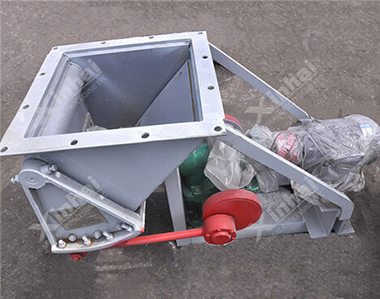
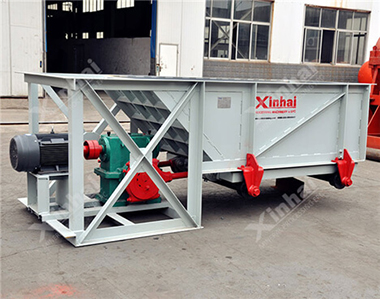
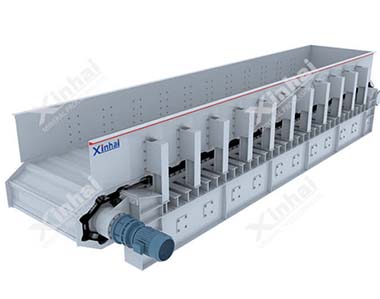
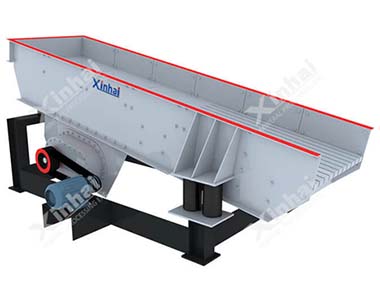
 Manutention
Manutention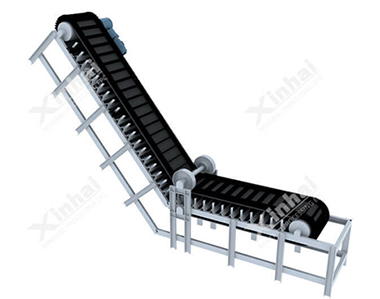
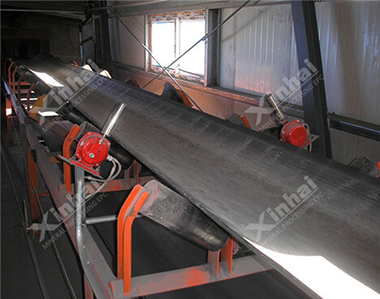
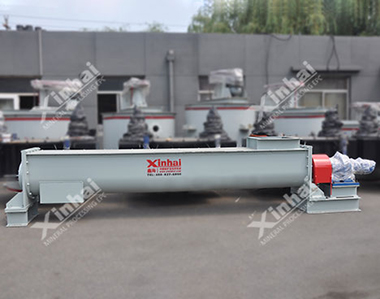
 Déferrisation
Déferrisation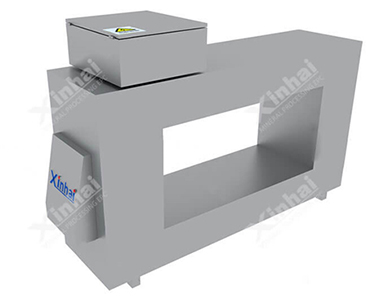
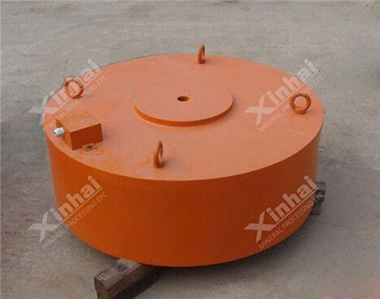
 Machine automatique
Machine automatique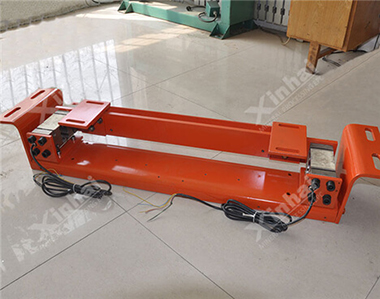
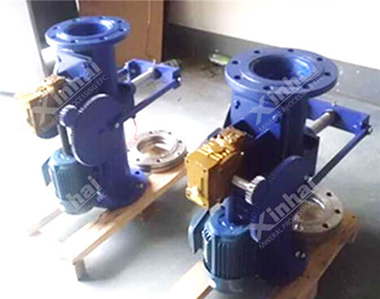
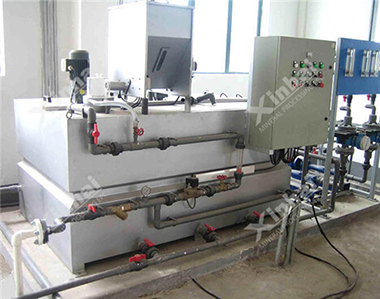
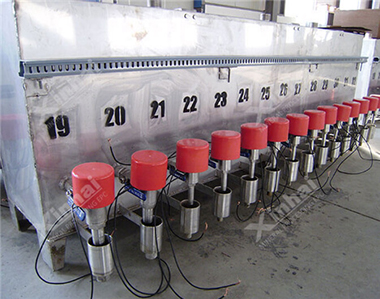
 Vanne
Vanne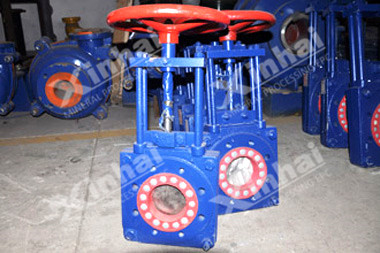
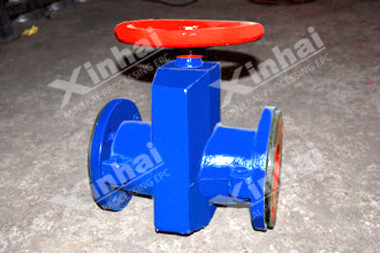
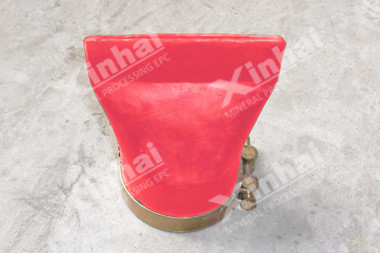
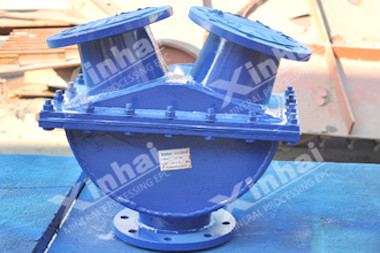
 Hydrocyclone
Hydrocyclone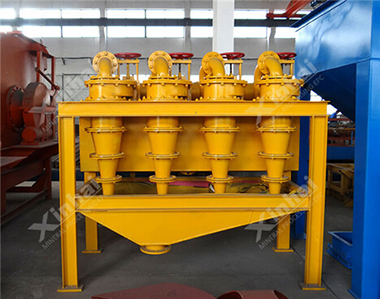
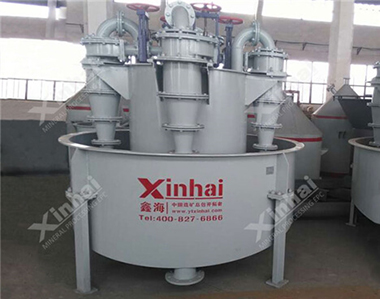
 Pompe
Pompe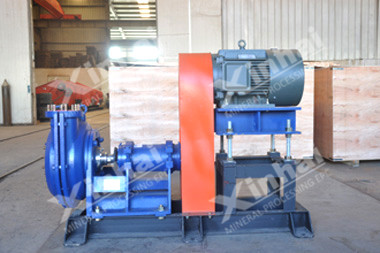
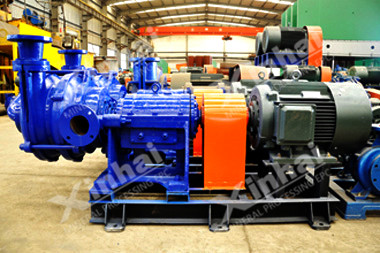
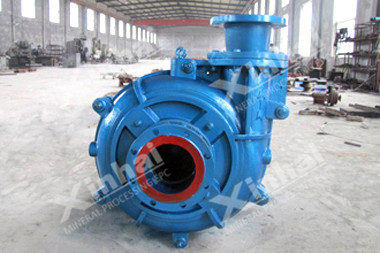
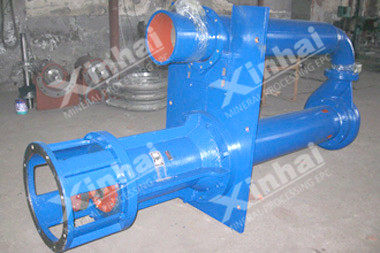
 Caoutchouc
Caoutchouc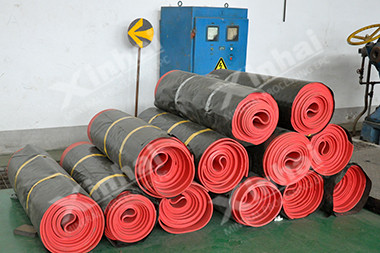
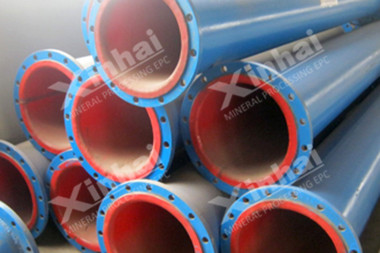







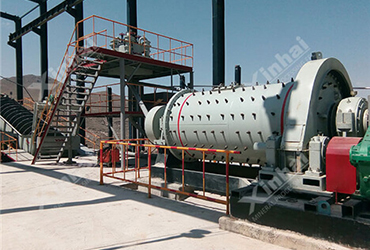
 Whatsapp:
Whatsapp:  Consulter
Consulter Message
Message E-mail
E-mail